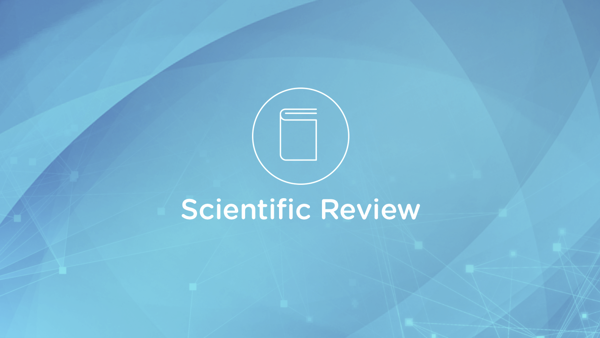Course Theme: Bladder & Bowel Pelvic Floor Dysfunction
This course will help develop your knowledge about pelvic floor dysfunction, symptoms, risk factors and management of bladder and bowel symptoms.
This course will help develop your knowledge about pelvic floor dysfunction, symptoms, risk factors and management of bladder and bowel symptoms.

key:global.content-type: Article
Pelvic floor dysfunction (PFD) refers to a broad constellation of symptoms and anatomical changes related to abnormal function of the structures within the pelvic floor complex, which includes the supportive fibrous tissue called fascia, the blood and nerve supply and in particular the pelvic floor musculature.
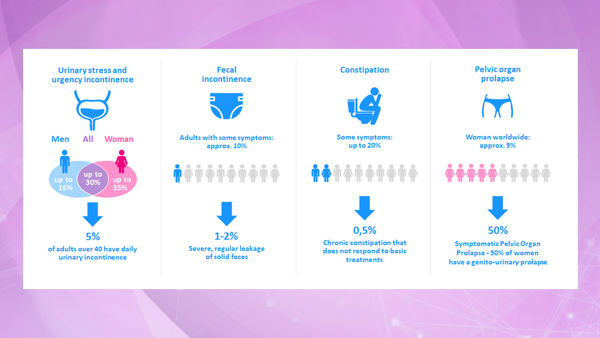
key:global.content-type: Article
Prolapse means "to fall out of place". Pelvic organ prolapse (POP) occurs when the vaginal walls, uterus, or both lose their normal support and fall out of place. Other nearby pelvic organs, such as the bladder or bowel, may be involved and also ‘drop’ from their normal position in the body. Cystocele is the most common type of POP.
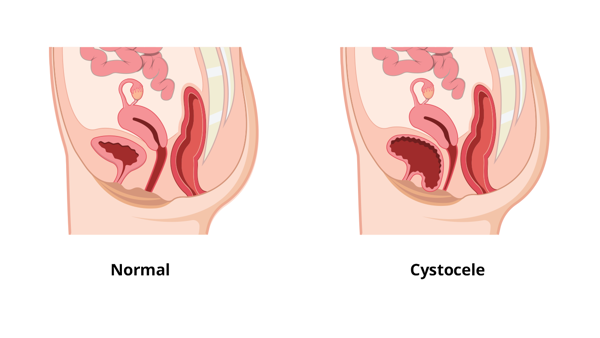
key:global.content-type: Article
A rectocele is a bulge in the anterior or posterior rectal wall, that traps stool resulting in incomplete emptying. In this article you will learn more about this common condition.
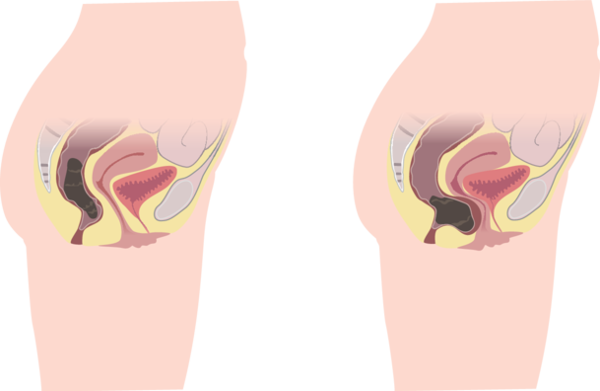
key:global.content-type: Video
In this webinar you will hear from Consultant Physiotherapist Julia Herbert talking on pelvic floor dysfunction, the associated symptoms and the management options that are available.

key:global.content-type: Article
Pelvic floor dysfunction is common, but not commonly talked about. In this article, you will find an explanation about basic pelvic floor anatomy, description of symptoms and how these can be managed, which can be downloaded and handed out to your patients.
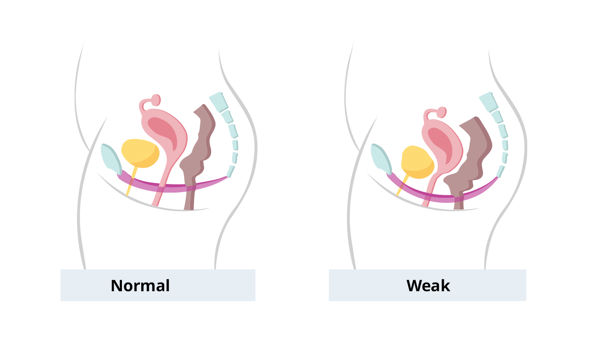
In this publication highlight you can read about how constipation impacts urogenital symptoms in women.
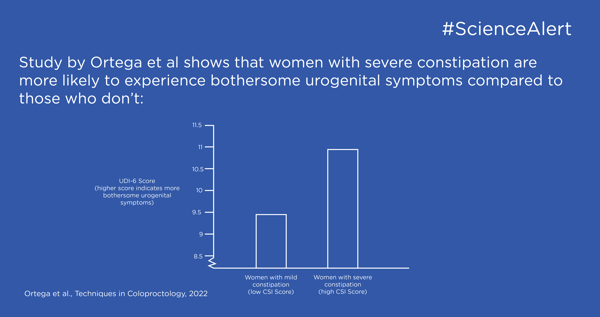
key:global.content-type: Article
In this scientific review you will learn more about incomplete emptying causes and treatment.
